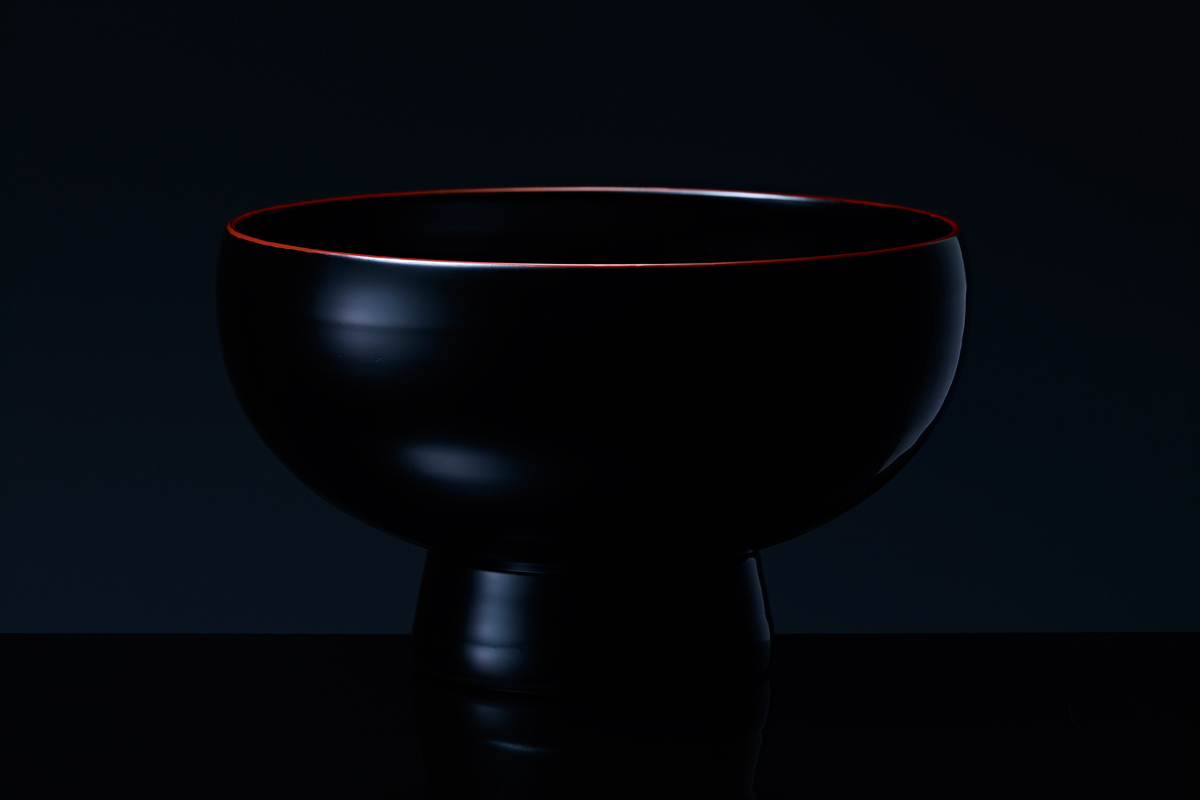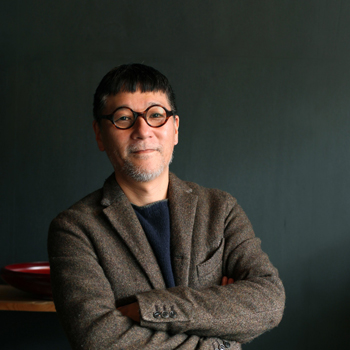
Sixth article - Light and Shadow in Lacquerware
“Light” and “shadow,” which breathe life into Grand Seiko, are the founding stones of the Japanese sense of aesthetics. Opposite yet reliant on each other to exist, how do Japanese people look upon them, and how have they elevated them to the status of beauty? This column will try to elucidate this sense of aesthetics toward “light” and “shadow,” which have taken root in Japan, through the words of experts in various fields.

Lacquerware refers to handicrafts such as tableware made of wood or paper finished with several layers of urushi (lacquer), a natural paint, which is made by refining the sap extracted from the urushi tree. It has been produced in Asia since ancient times. By applying urushi to materials, they become not only elegant and aesthetic in appearance, but also quite durable, which is also part of their charm. The world’s oldest lacquerware items, decorative objects, were discovered at the Kakinoshima Site in Hakodate City, Hokkaido. They are believed to date back 9,000 years to the early Jomon period (circa 14,000-10,000 BCE).
The novelist Junichiro Tanizaki offers lacquerware as an example when illustrating the love the Japanese have for light and shadow in his book “In Praise of Shadows.” In a dark Japanese house, the light of a candle flickering in the darkness creates light and shadow, revealing the gloss of lacquerware with a depth and thickness like that of a swamp. The beauty of lacquerware is brought out by shadows. In other words, the colors in lacquerware, black and vermillion, are created by accumulated darkness. They are the colors born out of shadows, Tanizaki says. Indeed, lacquerware has always, since the olden days, had a calm sheen, emitting dim light.

Hidehira bowls are one such example. They were first made during the Azuchi-Momoyama period (1573-1603) up to the early Edo period (1603-1868), and spread from Miyagi Prefecture in the Tohoku region to the areas along the Kitakami River in Iwate Prefecture. You can perceive “light” in the “shadows” expressed by the deep black.
In fact, the "black" of urushi is not a single color, but is comprised rather of an infinite number of slightly different hues. The top coat applied to lacquerware is less than 0.1 mm thick. Despite this, by looking at the coating, you can tell that there is a multilayered depth with a transparent layer on top, and the black lies submerged beneath it. The black contains a slew of particles of light in multiple colors such as red, green, and yellow. The colors are scattered all over the black in a complex pattern. When you look at lacquerware as a whole through the transparent coat, it looks black. Therefore, there are various shades of black in urushi. For example, there is shishitsu (purple lacquer) that is a black close to purple, and seishitsu (blue lacquer) that is a black close to blue, and myriad others. Personally, I find shirozuya (white gloss) the most beautiful and have been seeking it for a long time now. I realize this sounds a contradiction, but its black is close to white and it has a glossy yet matte texture.

This approach to colors and gloss might be uniquely Japanese. For example, in Europe, if new colors other than black are to be added to a piece of artwork, usually a yellow and a green or other color would be newly applied. However, the Japanese way of thinking is quite the opposite. It seeks out the purple, the blue, and the white inside the color black. If I were to describe this, it would be like light penetrates into a silent and deep lake and reaches the bottom of the lake after passing through the water surface, making the colors gathered at the bottom rise to the surface. Originally, black is a color of shadows. However, with light shining into it, the various colors that are hiding deep inside it emerge as a result. It is by this uniquely Japanese sensitivity that the black in lacquerware has been nurtured.
There are many kinds of black. Depending on the balance of the colors and gloss, the same black may become one infused with light, or a dark black infused with shadows. Just looking at the black an artisan chooses provides a clear indication of her or his sense of beauty. That said, it takes about ten years to get to the point where you can distinguish the many colors inside black and the gloss. And it takes another ten years until you understand the technique enough to express them in your own work. This is my thirty-first year at this job, but to be honest, I feel like, “I finally started to understand a little.” I have a long way to go, but this just goes to show the black in lacquerware is deep and fascinating.

